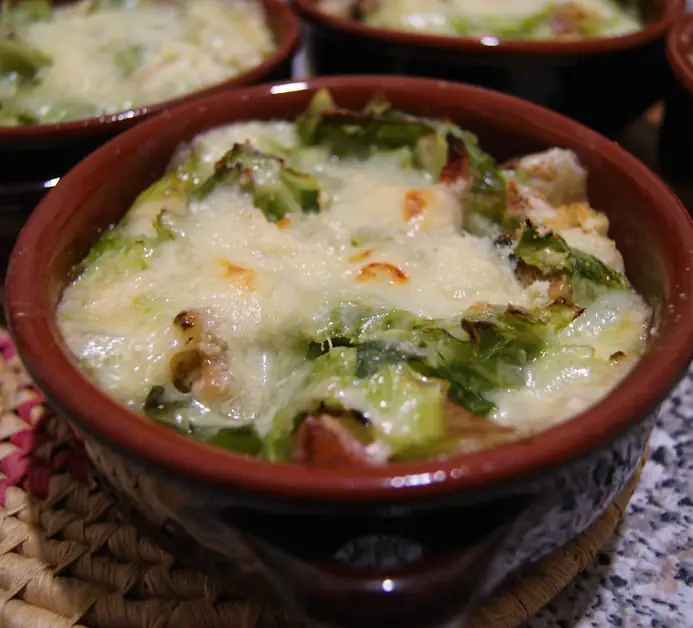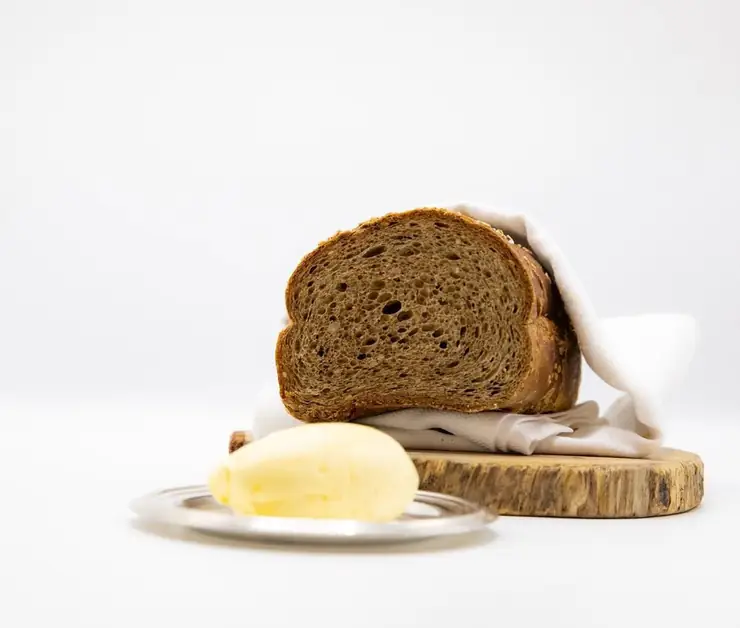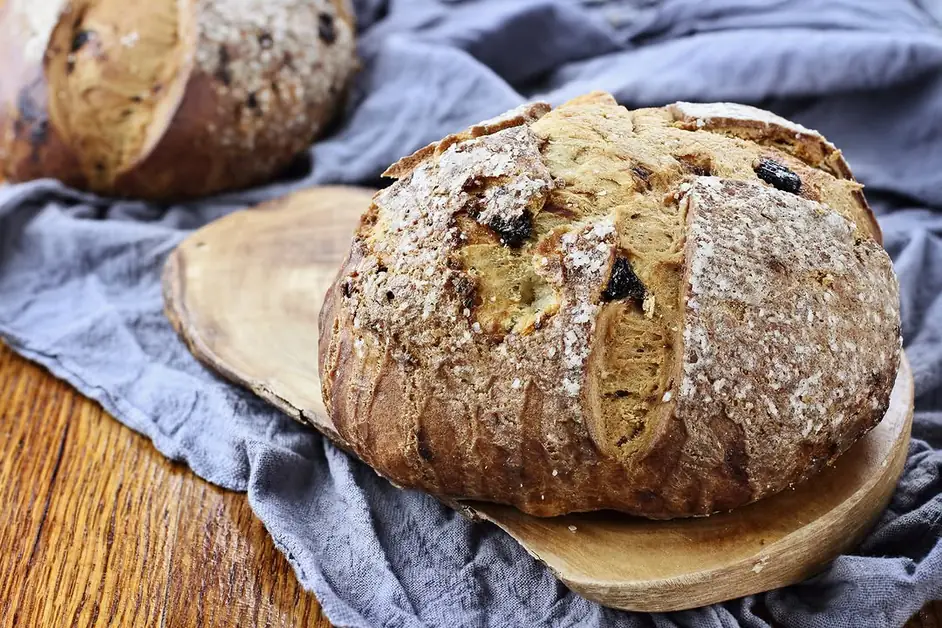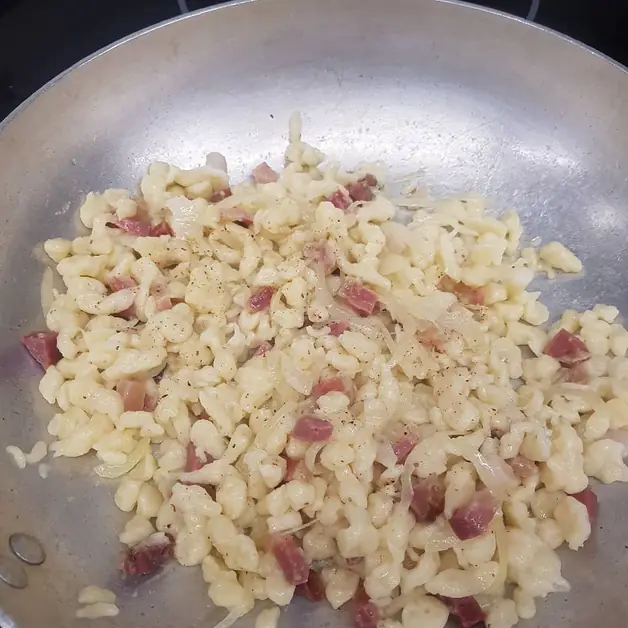The unique origins of boudin valdostano
Boudin valdostano is a traditional salami rich in history and flavor.
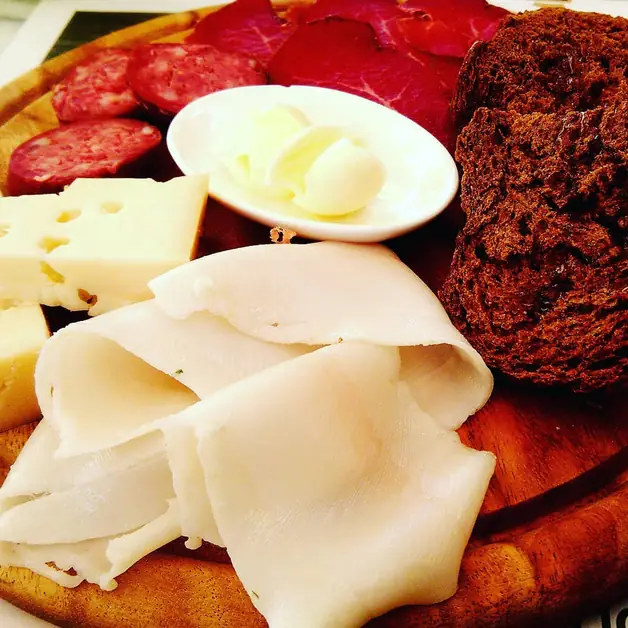
What is boudin valdostano?
Boudin is one of the most characteristic and ancient cured meats from the Aosta Valley, recognized as a Traditional Agri-Food Product (P.A.T.) in Italy. It is a type of sausage belonging to the blood sausage category, but with unique characteristics that set it apart from other similar products. Its intense flavor, soft texture, and dark red color make it an authentic symbol of mountain cuisine in the Aosta Valley.
Where does the name boudin come from?
The term boudin comes from French and means "blood sausage." In the Aosta Valley tradition, the patois language has preserved this term, linking it to a peasant product born from the need to use every part of the pig after slaughter. Nothing went to waste, and blood, once precious, was transformed into a tasty and nutritious food.
What are the origins of boudin valdostano?
The origins of boudin date back to ancient times when Aosta Valley families raised pigs for their sustenance. During the slaughter period, which took place in the winter months, various cured meats were prepared, including boudin, which represented one of the first forms of food recovery. Its recipe has remained virtually unchanged over the centuries and continues to be passed down from generation to generation.
What are the main ingredients of boudin valdostano?
The main ingredients are:
Boiled potatoes Cubed lard Red beets Pig's blood (or beef blood) Red wine Natural spices and aromas (such as cinnamon, cloves, nutmeg) Salt and pepper to taste Natural pig intestine for casing
Each family or producer may make slight variations, but the base remains the same: simple, local, and genuine ingredients.
How is boudin valdostano prepared?
The preparation of boudin requires time and attention. Here are the main steps:
1. Boil the potatoes, which are then mashed to obtain a puree. 2. Add cubed lard and finely chopped red beets, which give the mixture its characteristic purple color and a sweet note. 3. Combine the pig's blood, red wine, and spices. 4. Mix thoroughly until a homogeneous mixture is obtained. 5. The mixture is then stuffed into the pig intestine and tied by hand. 6. Finally, the boudin is hung and aged for at least ten days in a cool, dry place.
Why is red beet used in the boudin recipe?
Red beet serves a dual purpose: in addition to giving the salami its characteristic color and a slightly sweet flavor, it also acts as a natural preservative. Its antioxidant and antimicrobial properties help better preserve the product during aging.
What is the difference between boudin valdostano and other Italian blood sausages?
Boudin valdostano is distinguished by the use of potatoes and beets, which soften its texture and balance its flavor. In many Italian regions, blood sausages are sweet or spicy, while in the Aosta Valley, boudin maintains a rustic, genuine, and slightly aromatic flavor, perfect as an appetizer or main dish.
How is boudin valdostano consumed?
Boudin can be enjoyed in various ways:
Cold, sliced thinly as an appetizer. Boiled, accompanied by mountain red potatoes or cooked vegetables. Heated in the oven, preferably if not aged, to enhance its aroma and softness.
In every version, boudin releases an intense aroma and an authentic flavor that captivates even the most discerning palates.
What wines pair best with boudin valdostano?
This flavorful salami requires young and aromatic red wines, not too aged. Among the best pairings are Torrette DOC, Donnas, or Enfer d’Arvier. Their freshness and fruity notes perfectly balance the richness of boudin.
What are the local variations of boudin?
In some areas of the Aosta Valley, boudin is prepared with slight variations: some add a bit of bread soaked in milk, some substitute pig's blood with beef blood, or prefer stronger aromas like black pepper or nutmeg. However, the most traditional version remains that with potatoes and beets.
How is boudin valdostano preserved?
Boudin is stored in a cool, dry place for several weeks. If vacuum-packed, it can last up to three months in the refrigerator. After opening, it is advisable to consume it within a few days. It can also be frozen to extend its shelf life, although this may slightly alter its texture.
On what occasions is boudin traditionally consumed?
Boudin is a star of winter festivals and local fairs. In the past, it was prepared during the home slaughtering of pigs, a very important event in rural communities. Today, it is served in trattorias and restaurants in the Aosta Valley as a symbol of peasant tradition.
Where can you taste boudin in Aosta Valley?
Many typical restaurants and agriturismos in the Aosta Valley offer boudin on their menus. But the most authentic way to enjoy it is to participate in a local fair, such as the one held every year in the municipalities of Arnad and Aymavilles, where you can taste different versions of the salami.
What are the nutritional characteristics of boudin valdostano?
Boudin is an energy-rich food high in iron, thanks to the presence of blood. Potatoes and beets provide carbohydrates and fiber, while lard adds a fatty component that makes it very filling. For this reason, it is an ideal dish for the cold months and for those who engage in physical activity in the mountains.
What is the cultural value of boudin in Aosta Valley tradition?
Boudin represents the ingenuity and adaptability of alpine communities. In a mountainous area where resources were limited, the people of Aosta Valley learned to use every part of the animal, transforming it into tasty and nutritious dishes. This salami is thus a symbol of the culture of food reuse and love for one's land.
How to recognize a good boudin valdostano?
A quality boudin should have:
Uniform dark red color Intense but not pungent aroma Soft and slightly moist texture Balanced taste between sweetness and saltiness
Avoid products that are too dry or have a bitter taste: they may be over-aged or poorly preserved.
